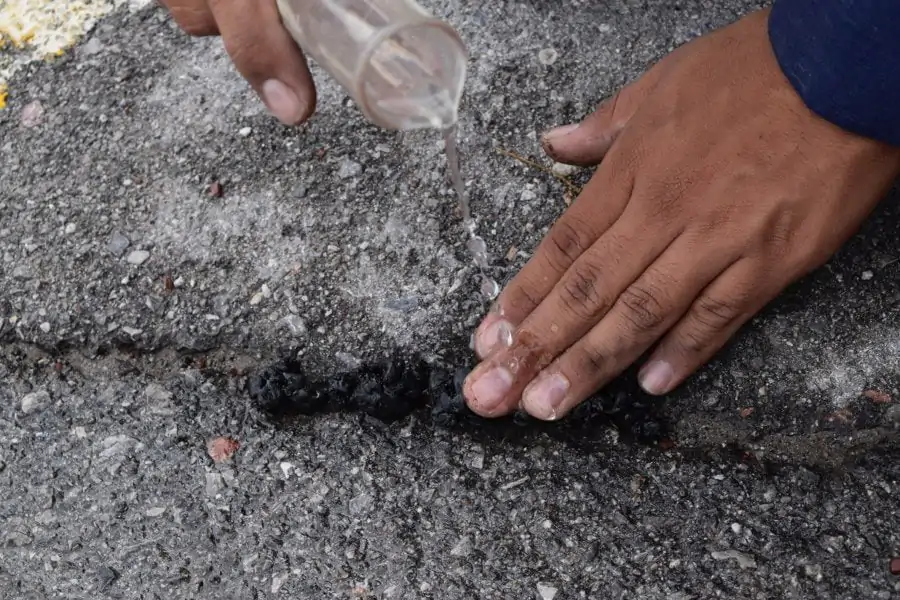A Mexican university student created a new rubber flooring made from recycled tires that regenerates itself every time it rains.
Israel Antonio Briseño Carmona, a civil engineering student at the Autonomous University of Coahuila in Torreón, Mexico, created a self-healing rubber floor as a means to address the problem of potholes and damaged sidewalks in rainy Mexican cities.
The new invention could save billions of dollars on infrastructure costs for governments and construction companies around the world.
For Briseño the first rewards have already arrived: his invention won the James Dyson Award 2019 for Mexico.

How does the rubber floor repair itself?
The rain filters through the flooring and reaches its base, "digging" deep and ending up creating small cracks. The passage of cars and pedestrians progressively worsens the situation, until the road collapses.
Given this premise, the goal was to transform the core material that deteriorates into one that can recover. This project transforms water from a cause of problems to a factor of maintenance.
The material, obtained from recycled tires combined with some additives, was patented in April with the commercial name of Paflec.
According to the James Dyson Award website, rainwater allows the rubber and various additives to become a putty-like substance every time it rains, allowing for the “regeneration” and physicochemical improvement of the floor.

Funders are needed
Briseño hopes to partner with a construction company in exchange for a 5% commission on profits from using the invention, but has not yet found companies willing to do so.
To overcome this obstacle, he devised a three-step plan that will allow him to turn his concept into reality.
Primo, will submit the project to an engineer to improve its marketability.
Secondo, will build a small strip of road to use as a test.
Third, will obtain certification from national authorities so that they can authorize any contract using self-generating flooring.
“At the moment there are already types of flooring that can regenerate, but they are not made of recycled material and no one uses water as a means of regeneration,” says Briseño. And he's right.
In Mexico, 80% of the pavement is asphalt and 20% concrete: all things considered, poor and expensive materials if we consider the importance of roads as crucial infrastructure.
Self-healing rubber flooring could solve several problems: road maintenance and tire recycling, for example.
Of course, the healthiest solution for the longevity of the roads (and people) is to no longer use tyres, which disperse microplastics into thetechnology.


